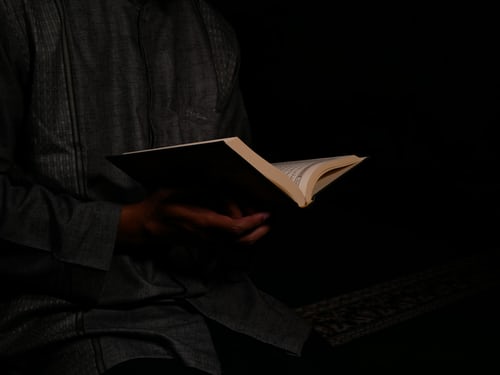Inspiring Older Readers
 posted on 28 Oct 2017
posted on 28 Oct 2017
Do Not Sell At Any Price: The Wild, Obsessive Hunt for the World’s Rarest 78rpm Records by Amanda Petrusich
My collecting manias are restricted pretty well to two things: books and jazz records. (And even then, and for reasons that are far too tedious to try and explain, I don’t really consider myself a ‘collector’ in either case.) So far, I have never fallen for 78rpm shellac records, after the wax cylinder the earliest mass market form of recorded music.
But I love books about collecting, and especially about collecting subcultures about which I know very little or nothing. Such books are the equivalent of comfort reading – perfect for a chilly autumn evening.
And that’s why I have been reading Amanda Petrusich’s Do Not Sell At Any Price: The Wild, Obsessive Hunt for the World's Rarest 78rpm Records.
As well as shining a light on perhaps one of the weirdest, most obsessive and without doubt most eccentric of collecting subcultures, Petrusich also writes intelligently about collecting itself – why we (especially old white men) collect; what it means; and ultimately why it matters.
This is not to say that Do Not Sell is a perfect book, however. Petrusich is both a music writer and an academic and I’m afraid her prose at times exemplifies the worst tendencies of both. On the one hand, it is frequently over-excited and breathless, losing itself in a tangle of sometimes contradictory adjectives; and on the other it is sometimes prone to rather obtuse statements that could and should be said more simply and with greater clarity. But if you can put up with these stylistic annoyances, and the collecting mania interests you, then you’ll find much to enjoy here.
One of the themes of the book is how collectors determine taste – establish a canon, if you like, determining not just financial worth based on rarity, but also to some degree determining cultural significance. This scarcely seems worth disagreeing with. It seems obvious that someone who has obsessively devoted their life to 78rpm record collecting – like the legendary Joe Bussard, for example, who began collecting 78s in the 1950s and now has one of the largest private collections in existence – is likely to have amassed a collection of historical significance and financial value. That such collectors – for good or ill – also shape the narrative, the received wisdom, about, say, the development of rural blues music or Appalachian ballads, seems self-evident. It is interesting enough but it won’t over-turn any long-held conventions.
Where the book is more interesting – certainly more provocative – is in playing against its favoured narrative of collector as hero-outsider, hyper-organised and perfectionist, at once archivist, arbiter of taste, curator, guardian, gatekeeper. For example, collections rescued barely in the nick of time from flooded basements or squalid hostel rooms, which on inspection turn out to be almost entirely random and serendipitous, as crammed with junk as they are masterpieces. Or Harry Smith, the editor of the now legendary Smithsonian Folkways Anthology of American Folk Music, who as well as an inspired curator was also an occultist who collected found sounds, string figures and paper aeroplanes and died in poverty and squalor following decades of alcoholism and drug abuse.
Are collectors really seeing patterns – cultural connections, hierarchical systems, historical lineages – that we can’t? Or are they deluded hoarders whose boundless enthusiasm for things has tipped over the edge into dysfunction? I don’t think Petrusich ever quite comes to a conclusion, and it may well be that the dividing line is in any case very thin indeed.
It suddenly struck me part-way through the book that what Petrusich had set out to write was a kind of gonzo journalist’s account of 78rpm collecting, herself firmly embedded centre-stage as a protagonist in the story. This is certainly the book’s guiding principle, and I must say I wish it was otherwise. There were times when I found it infuriating – but it also gripped me and I kept reading. Petrusich offers a good long look into a very strange world, and for this reason – and despite its faults – it is almost certainly a book I will return to.
Perhaps the last word should go not to Petrusich but to one of the well-chosen sources she cites. In a book called The Cultures of Collecting, authors John Elsner and Roger Cardinal discuss the idea that the Noah myth represents a kind of ur-collector story in which all the themes of collecting are evident – “desire and nostalgia, saving and loss, the urge to erect a permanent and complete system against the destructiveness of time…” Modern collectors, they go on to say, exist “at the margin of the human adventure, that pivotal point where man finds himself rivaling God and teeters between mastery and madness.”
Alun Severn
October 2017